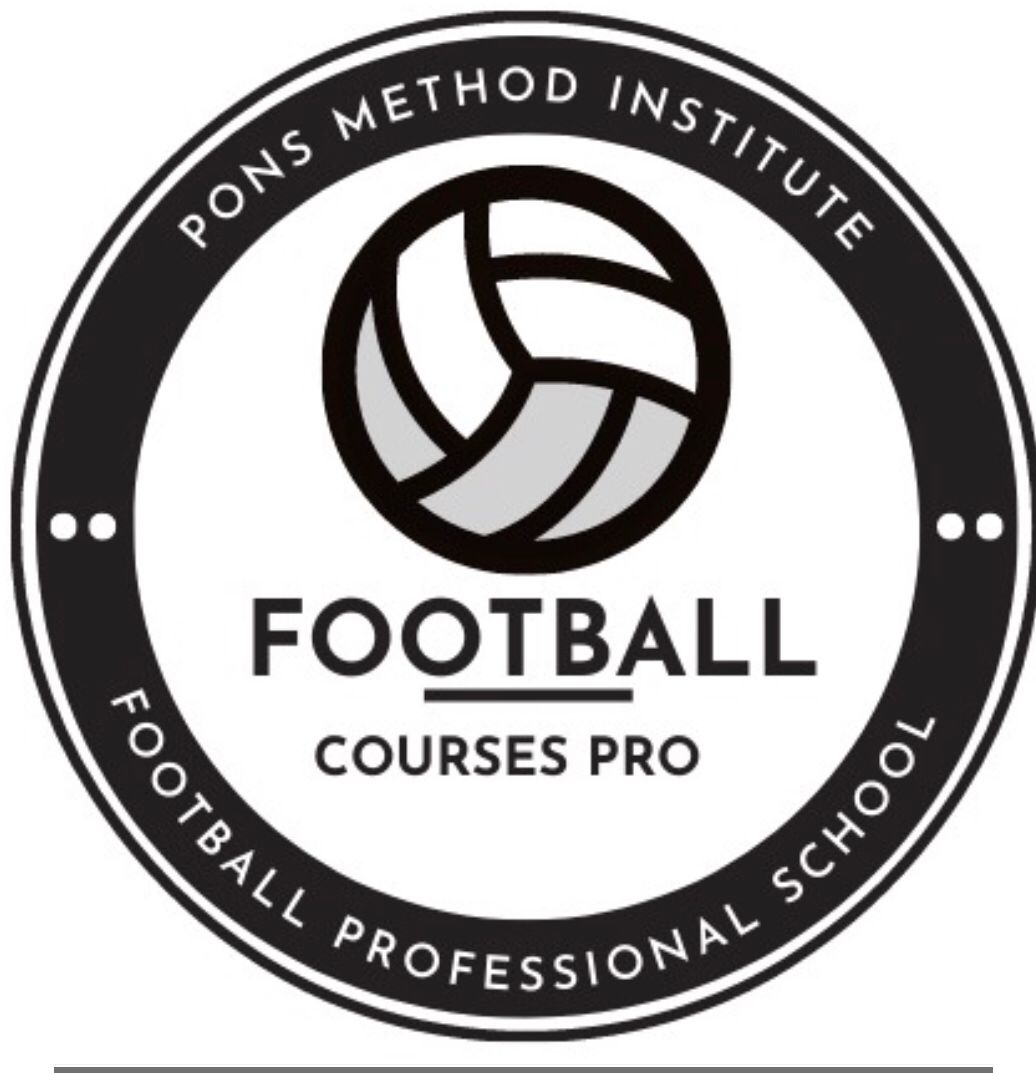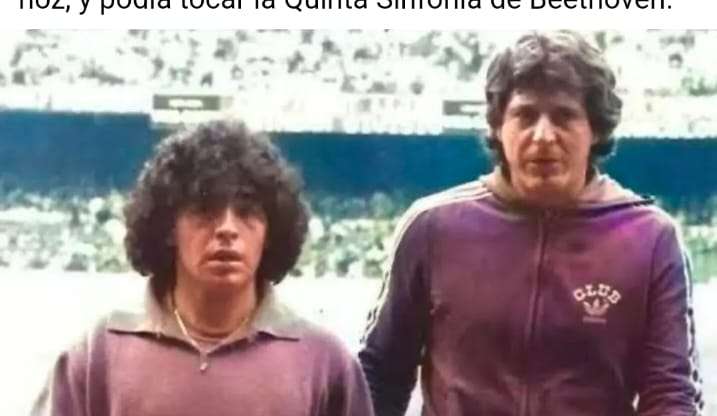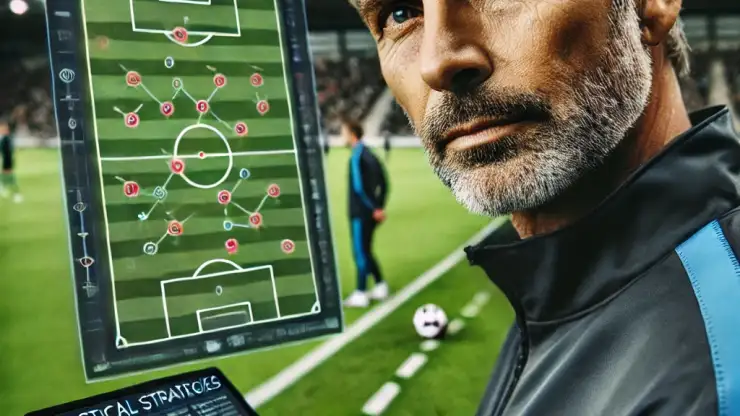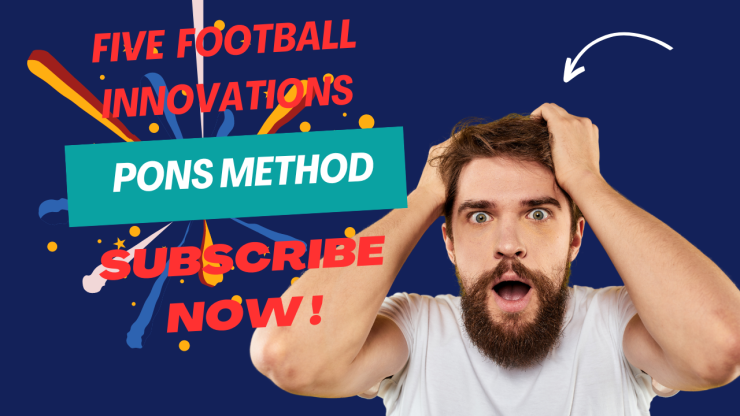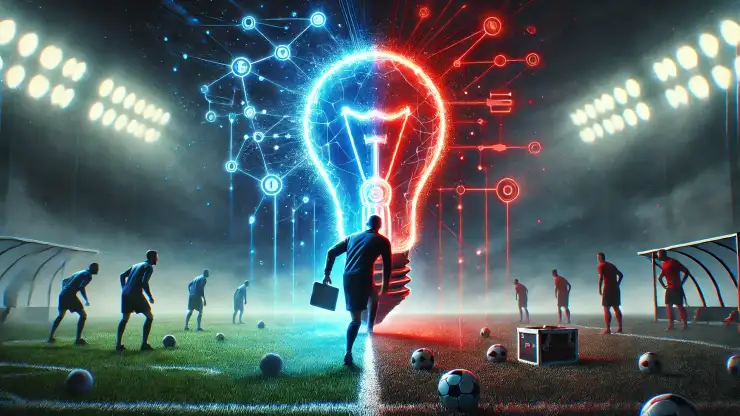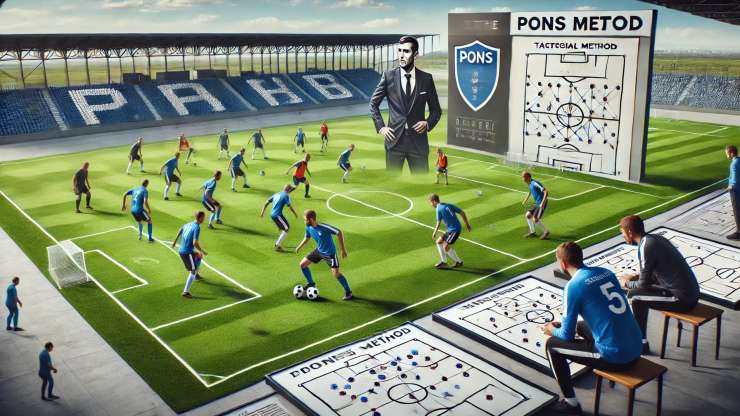- Video Visualization and Analysis (Mirror Neurons)
How to improve exercise:
Use training and match footage to project specific plays. Players observe movement patterns and decide how to react, activating their mirror neurons.
Result: Improved decision making and faster and more accurate technical execution .
- Simulation of Game Scenarios (Automation)
How to improve exercise:
Create realistic game scenarios with controlled variability (high pressure simulation, numerical inferiority or goal situations).
Result: Players internalize offensive and defensive automatisms, reacting more effectively during matches .
- Gamification in Workouts (Playful Competition)
How to improve exercise:
Introduce mini games or internal competitions for players to compete in tasks such as passing accuracy, goalkeeping shots or 1v1 challenges.
Result: Increases motivation, effort and involvement of players, reducing monotony .
- Individualized Feedback and Biofeedback (Performance Monitoring)
How to improve exercise:
Use of technology such as GPS, pulse meters or analysis software to measure the effort and performance of each player.
Result: Personalized adaptation of workload, preventing injuries and maximizing physical performance .
- Specific Fragmentation (Phased Training)
How to improve exercise:
Breaking down coaching into phases: game building, transition and finalization. Work each phase in isolation and then integrate them.
Result: Players better understand each role in each phase of the game, improving tactical cohesion .
- Gamified Warm-Up (Interactive Technology Panels)
How to improve exercise:
Use interactive panels with lights or visual stimuli that players should touch or avoid during warm-up.
Result: Increases concentration, reaction speed and accuracy before the match .
- Specific Tactical Roles (Specialization by Position)
How to improve exercise:
Adapt drills to each player’s responsibilities according to their role (insides, sides, ends, pivots, centrals).
Result: Optimization of specific skills and tactical adaptation in each position of the field.
- Tactical Review and Strategic Flexibility
How to improve exercise:
Periodic review of tactics during training. Introduction of tactical variants as a function of the rival.
Result: Players adapt better to different playing schemes, facilitating real-time adjustments during matches .
- Concentration and Visualization Training (Focus Training)
How to improve exercise:
Exercises requiring rapid shifts of attention and decision-making under pressure, combined with breathing and relaxation techniques.
Result: Improved ability to concentrate and manage stress during the match .
Implementing these tools guarantees that the initial exercise is transformed into a much more effective and results-oriented experience, improving both individual and collective team performance.
- Specific Fragmentation of Spaces, Concepts, Functions, Patterns and Automatisms
How to improve exercise:
Spaces: Design drills in different areas of the field, simulating specific areas of play (such as bands, end zone or midfield). Emphasis is placed on the occupation, creation and use of space.
Concepts: Work with clear ideas, such as breadth, depth, numerical superiority or pass lines, integrating them into the drills.
Functions: Define specific tasks for each player according to their position and role (e.g., the insides combine in the inside corridors; the ends search for depth).
Patterns: Implement repetitive sequences in attack or defense, such as triangulations, rotations or high pressure, depending on the game model.
Automatisms: Design predefined moves that players execute automatically in the face of certain opponent stimuli or match situations.
Result:
The players understand and execute their specific role in each area of the field, improving team synchronization and effectiveness.
Intelligent and rapid decision-making, based on learned patterns that adapt dynamically to game situations, is encouraged.
Practical Example:
An exercise could divide the field into three zones:
Zone 1 (ball exit): Centrals and pivots practice overcoming pressure lines with long or short passes depending on the stimulus.
Zone 2 (transition): Interiors and extremes work fast combinations to generate numerical superiority.
Zone 3 (finishing): Forwards and wingers train automatisms to exploit free spaces and look for centers or shots to the arc.
This methodology develops global understanding of the game and allows for a structured progression towards tactical cohesion
Specific Fragmentation in Soccer: Spaces, Concepts, Functions, Patterns and Automatisms
Modern football demands a level of tactical and technical precision that goes beyond individual skills. The ability of a team to perform collectively under different scenarios depends on the specific preparation of each player and the automation of play patterns. In this context, specific training fragmentation emerges as a key tool, allowing the game to be divided into concrete phases for detailed and focused work. Through this article, we will explore how the fragmentation of spaces, concepts, functions, patterns and automatisms contributes to the optimization of collective and individual performance on the playing field.
- Spaces: Occupation, Creation and Domination
Control of spaces is one of the fundamental pillars of tactical success. Dividing the field into specific zones (defence, midfield and attack) allows you to design drills where players learn to create, exploit and protect key spaces during game development.
Zone 1 (Ball out): The defenders and pivots work in the build-up from the back, facing simulated pressure. They are sought to interpret the situation and decide whether to move forward with the ball or break lines through long passes.
Zone 2 (Transition): The midfield practices quick combinations to overtake the opposing midfield, using constant movements and changes of orientation.
Zone 3 (Finishing): The forwards and wingers train on automatisms of demarcating and occupying the area, emphasizing centers and shots from different angles.
Benefit: Players develop greater positional awareness, understanding how to position and move according to the phase of play and the needs of the team.
- Concepts: Tactical Clarity and Principles of Play
Working with clear and repetitive concepts helps consolidate the team’s identity. The focus on breadth, depth, numerical superiority and pace control allows players to internalize principles of play that will be key during competition.
Breadth and Depth: Opening up the field is encouraged with well-positioned ends and wingers projecting into attack, while interiors or midfielders are tasked with bringing balance in the centre.
Numerical Superiority: 5v3 or 4v2 drills allow you to simulate game scenarios where the team must maintain possession and outflank opponents with patience and precision.
Pace of Play: Tasks are integrated that force you to alternate between paused possession and quick counterattacks, developing the ability to change pace as required by the match.
Benefit: These concepts provide fluidity to the game, ensuring that players understand the purpose behind each tactical action
- Functions: Specialization by Position and Role
Each player must understand their role and the specific function they perform on the field. The fragmentation of functions allows you to perform differentiated exercises for each line of the team:
Defenses: Work the closing of spaces, hedges and aerial duels. Emphasis is placed on communication and reading the game.
Midfielders: Focus on distribution, recovery and constant supports to the possessor of the ball, acting as a link between lines.
Strikers: They train on off-marking moves, shots and high pressure.
Players not only train in their usual position, but also rotate into other roles to better understand collective dynamics.
Benefit: Functional specialization improves individual performance and allows the team to function as a cohesive unit
- Patterns: Repetition and Consistency
Game patterns are automated sequences that are repeated during matches. These can include short outs, game changes, triangulations and pressing after a loss.
Example: Departure from the back with a pass from the central to the pivot, who quickly distributes to a winger advancing through the band.
Defensive Automation: Upon losing the ball, the team executes a coordinated 5-second press to attempt to recover it on rival field.
Benefit: Patterns allow the team to react quickly and automatically, facilitating decision-making under pressure
David Pons
